We are about to begin the second week of Advent and as you may know the word Advent has its root in the Latin word adventus which means “coming.” The liturgical term adventus is similar to the Greek word parousia which refers to the Second Coming of Christ at the final judgment of the world.
Through the millenia Church scholars have linked these two words together because they hope to instill within us the understanding that we are on a spiritual journey. In this journey we experience the waiting period – the longing – for the coming of Jesus, the actual birth of Jesus, and then, we again experience the waiting time for His return at the Second Coming.
As part of our preparation for the great solemnity of Christmas, the Catholic Church, in both the Western and Eastern Rites, remembers the significance of Mary’s immaculate purity as being a necessary part of this entire spiritual journey. For in her humble “Yes” to the invitation to be the Mother of the Messiah, Mary becomes the New Eve – the mother of Jesus – and the Mother of the Church.
Our sacred Tradition tells us that Mary was the daughter of Saints Joachim and Anne. They were devoted Jews who raised their child to be loyal and pure within the Jewish holy tradition. Mary was born within the royal line of King David and was betrothed, and later married under Jewish law, to Joseph, a respected Jewish carpenter from Nazareth.
Little is known of Mary’s day-to-day life other than the references to her in the Gospels. Those early references indicate that she was a loving, concerned, and devoted person. During her Son’s ministry she attended the wedding feast at Cana, was present at Jesus’ crucifixion, and was most likely with the Apostles at the coming of the Holy Spirit on Pentecost.
The most famous Old Testament prophecies concerning the coming of the Messiah are Genesis 3:15, Isaiah 7:14 and Micah 5:1-4. In all three prophecies the Mother of the Messiah plays a prominent role.”Therefore the Lord Himself shall give you a sign; Behold, a virgin shall conceive, and bear a son, and shall call his name Immanuel.” [Isaiah 7:10-14]. The name Immanuel in Hebrew means “God is with us.”
As the mother of Jesus, and the wife of Saint Joseph, Mary is the greatest saint. She is the model of faith, purity, and maternal devotion for all Christians. Mary is called the Blessed Virgin because our Sacred Scriptures tell us that she conceived Jesus by the power of the Holy Spirit, so Saint Joseph is the foster father, not the biological father, of Jesus.
To become the mother of the Savior, Mary was “enriched by God with gifts appropriate to such a role.” (Lumen Gentium). Mary freely gave herself to God with complete trust even in the face of possible confusion about what was happening to her, and she freely responded and consented to God’s Will for her life. Mary’s “Yes” to God’s request that she become the Mother of the Incarnate Son of God, Jesus, enabled our Redemption to occur.
What is the Dogma of the Immaculate Conception?
The Church teaches that Mary was conceived without sin. This is the Dogma of the Immaculate Conception which we celebrate on December 8th of every year. This Solemnity explains to us that Mary received from God a special grace which is known as Prevenient Grace. Prevenient Grace is a “grace that comes before.” This means that prior to Mary’s biological conception, God decided that in His plan for salvation history He needed a totally pure woman to be the New Eve – to be the New Ark – free from all stain of sin and free from any future sin.
This was possible through God’s gift of Prevenient Grace which was given at her conception. Mary burned with God’s grace, purity, and love – gifts that were freely given by God. She, like the burning bush that Moses confronted, was enriched by these gifts and, like a warming fire, softly radiated the grace of God’s love to those around her.
As The Catechism of the Catholic Church states in paragraph 491, the Dogma of the Immaculate Conception means that “Mary was redeemed from the moment of her conception.” Pope Pius 9th announced this Dogma when he said: “Mary was preserved immune from all stain of original sin.” This was accomplished through the power of God. He willed and acted so that Mary should be free from the stain of sin. Mary, as the angel Gabriel described is “full of grace”… “Hail Full of Grace / Rejoice Highly Favored One.”
The Fathers of the Eastern Catholic Church also agree with this truth and verify it when they address the Mother of God as “the All-Holy” (Panagia) and celebrate her as free from any stain of sin.

An interesting article entitled Mary in Scripture, on the EWTN website, explains “The angel Gabriel’s greeting to Mary is of great consequence for our understanding of Mary and Marian doctrine. The greeting has been variously translated as “Rejoice highly favored” and “Hail full of grace.”
The object of the varied translations is the Greek word kecharitomene which refers to one who has been transformed by God’s grace. The word is used only one other time in the New Testament and that is in the Epistle to the Ephesians where Paul is addressing those who, by becoming Christians, are transformed by grace and receive the remission of sins. It is clearly significant that Mary is considered to already have been transformed by grace before the birth of Christ.” ( Confer the article “Mary in Scripture” at this site: http://www.ewtn.com/library/MARY/MARYINSC.htm
So, we see that God intervened and did not allow the stain of Original Sin to be passed to Mary. She – as the pure vessel – would receive the redemptive grace of God before the actual Redemption took place. This is logical and filled with common sense. Why would God the Father have His Incarnate Son be conceived in a woman who was tainted by the stain of Original Sin? As the Scriptures state – we do not put new wine into old wineskins. To make a commonplace analogy: would any self respecting surgeon, cook, artist, or musician use soiled instruments as they were healing, creating, or performing a masterpiece in their art?
The Christian scholar Origen (AD 185 – 254) made a very interesting observation, he said, ”Because the angel greeted Mary with new expressions, which I [Origen] have never encountered elsewhere in the Scriptures, it is necessary to comment on this. I do not, in fact, recall having read in any other place in the Sacred Scriptures these words: “Rejoice highly favored one, O Full of Grace. “ Neither of these expressions is ever addressed to a man: such a special greeting was reserved only for Mary.” (quote taken from the article referenced above – “Mary in Scripture.”
In the year AD 431, at the Council of Ephesus in present day Turkey (attended by over 200 bishops from throughout Christendom), Mary was named Theotokos (the God Bearer) and a model of Christian living. “Mary is truly “Mother of God” since she is the mother of the eternal Son of God made man, who is God Himself.” (Catechism of the Catholic Church, 2nd edition, #509).
She is called the New Eve because just as the original Eve brought sin and death into the world, Mary, as the bearer of spiritual life, brought Jesus (the New Adam) into the world. This provided the opportunity for grace, Redemption from Sin, and salvation to impact and transform mankind for all eternity.
Since 1964, Mary has been honored as the Mother of the Church. She is called The Mother of the Church because through her free choice she cooperated with God’s plan to be the Mother of God – mother of our Redeemer. As a result of His life, ministry death, and resurrection He was able to transform us into a new people and build a new “arc of salvation” (the Church) for us.
By the 700’s the Catholic Church celebrated four major Marian solemnities: the Annunciation (Gabriel’s announcement to Mary that she would be the Mother of the Savior), the Presentation of Mary in the Temple, the Assumption of Mary into Heaven, and the Birthday of Mary. The Immaculate Conception became popular by the tenth century. Saint Bernard of Clairvaux, Saint Louis de Montfort, Pope John Paul II and many other saints of the Church have written extensively on Mary and her role in the Church and in the lives of individuals. The Church teaches that Mary was assumed into heaven with body and soul united.
Roman Catholics, Greek Orthodox, Russian Orthodox, and all of the Eastern Rite Catholic Churches DO NOT worship Mary. WORSHIP IS RESERVED FOR GOD ALONE. The Western and Eastern Rites of the Catholic Church pay respect and reverence to Mary but never worship her.

The meaning of Our Blessed Mother Mary for us today is that, especially at this time in history, we must remember that she spiritually pleads for mercy on behalf of us before the throne of God. She does this in the same way that a mother would intercede with the father on behalf of her children. She loves us with the love of a true mother – for she sees not only our faults but our inherent goodness, too. Please God that we respond to the graces she has to offer us. Hail Mary, full of grace. The Lord is with you. Blessed are you among women, and blessed is the fruit of your womb, Jesus.
Copyright © 2012 Deacon Paul O. Iacono All Rights Reserved
Some sources on the concept of Prevenient Grace: “Every time we begin to pray to Jesus it is the Holy Spirit who draws us on the way of prayer by his prevenient grace” (#2670 Catechism of the Catholic Church). “That grace is preceded by no merits. A reward is due to good works, if they are performed; but grace, which is not due, precedes, that they may be done [St. Prosper].” Can. 18. #191 Council of Orange II A.D. 529 (Second Council of Orange). St. Augustine also wrote extensively on the concept of grace; and my Associate Pastor Rev. Joseph R. Upton, also mentioned it in his beautiful sermon for this solemnity’s vigil Mass on December 7, 2012 at St. Francis of Assisi Church in Wakefield, Rhode Island. Special thanks to the blog: http://classicalchristianity.com/category/holyfathers/theotokos-mary/ for the Orthodox sacred icon of Mary and the Child Jesus surrounded by the Burning Bush.








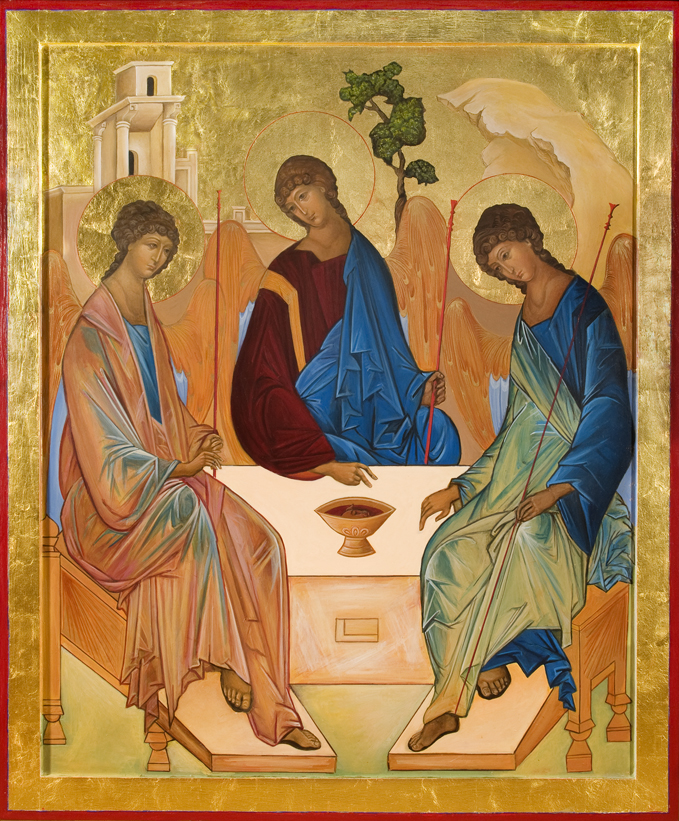



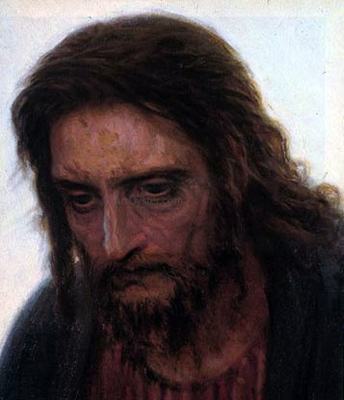




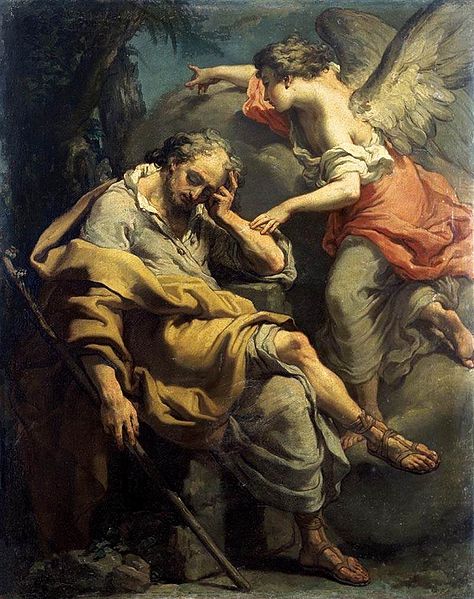
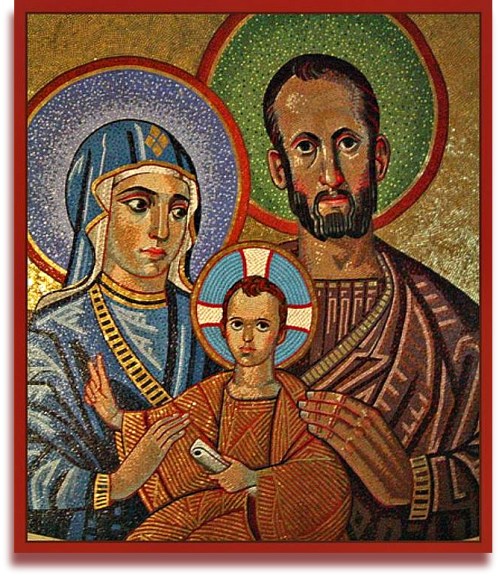

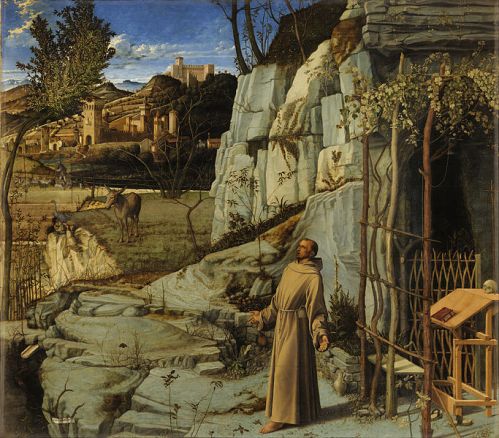
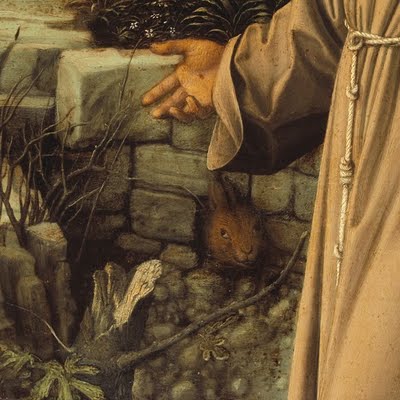

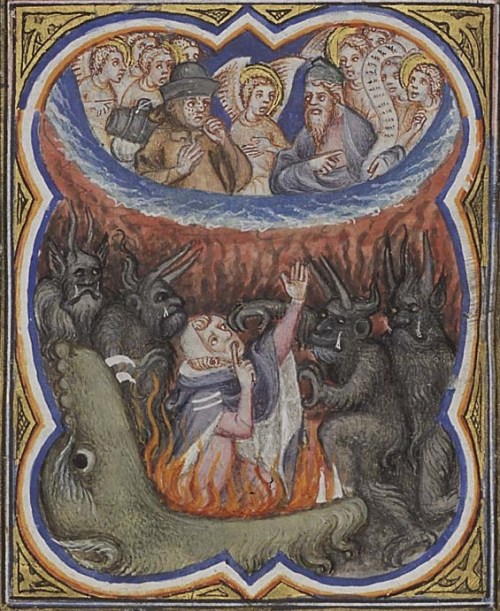
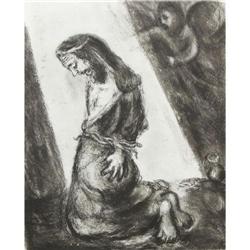

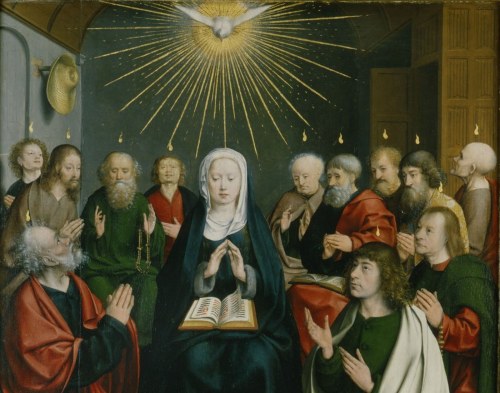

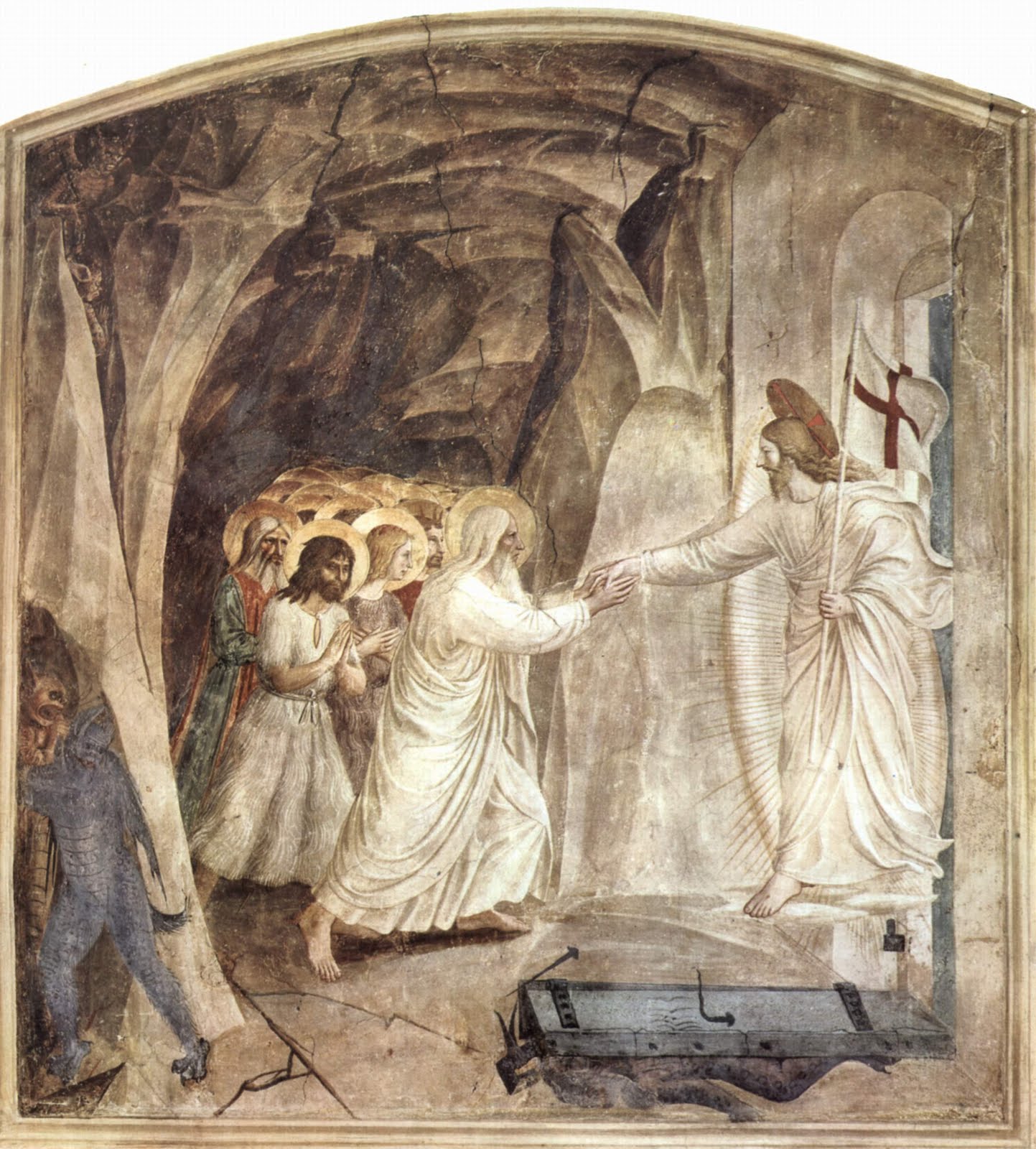

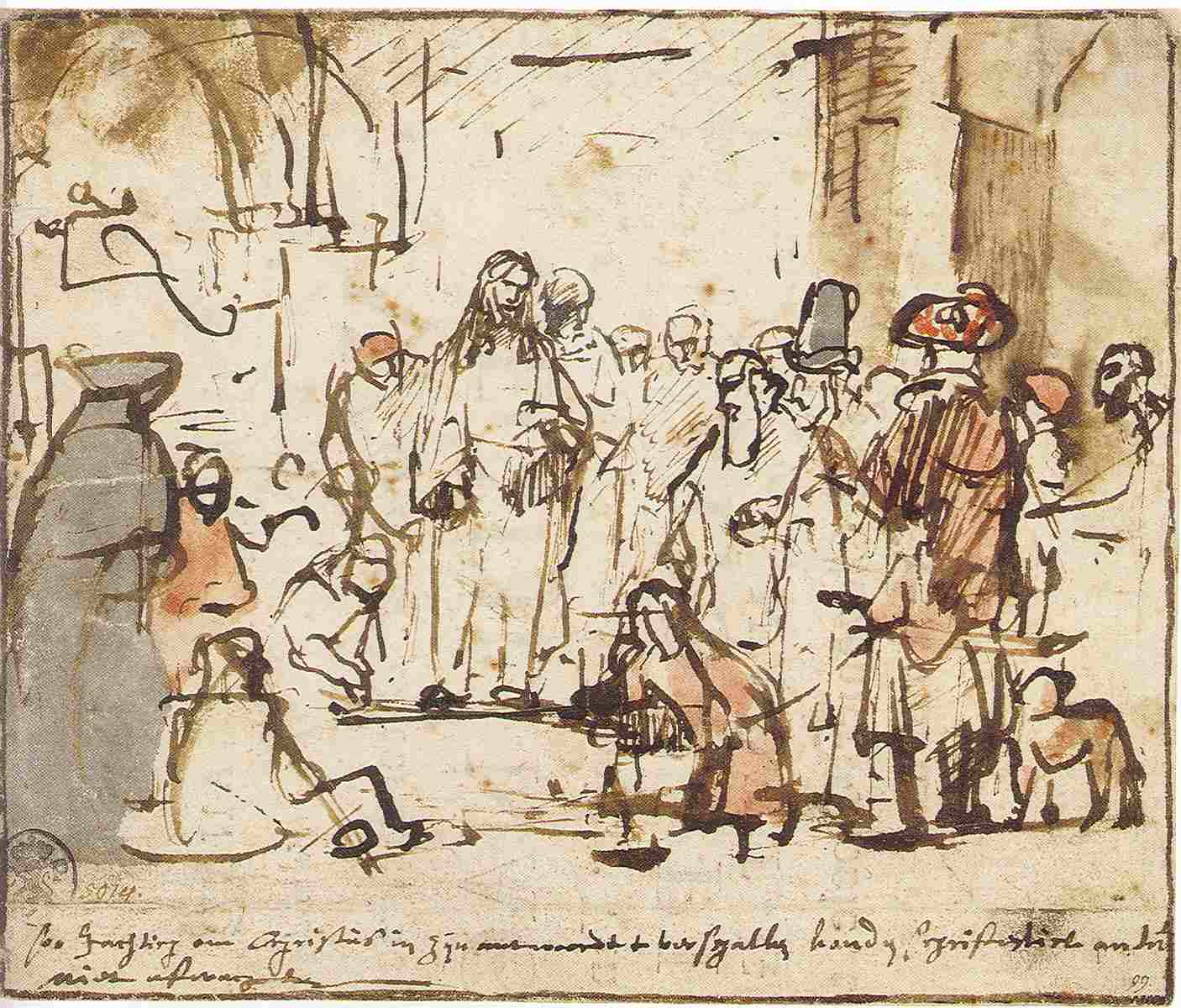


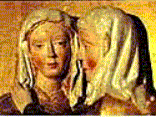


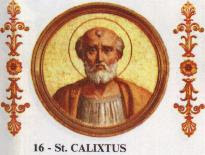
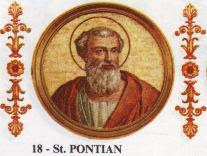


You must be logged in to post a comment.